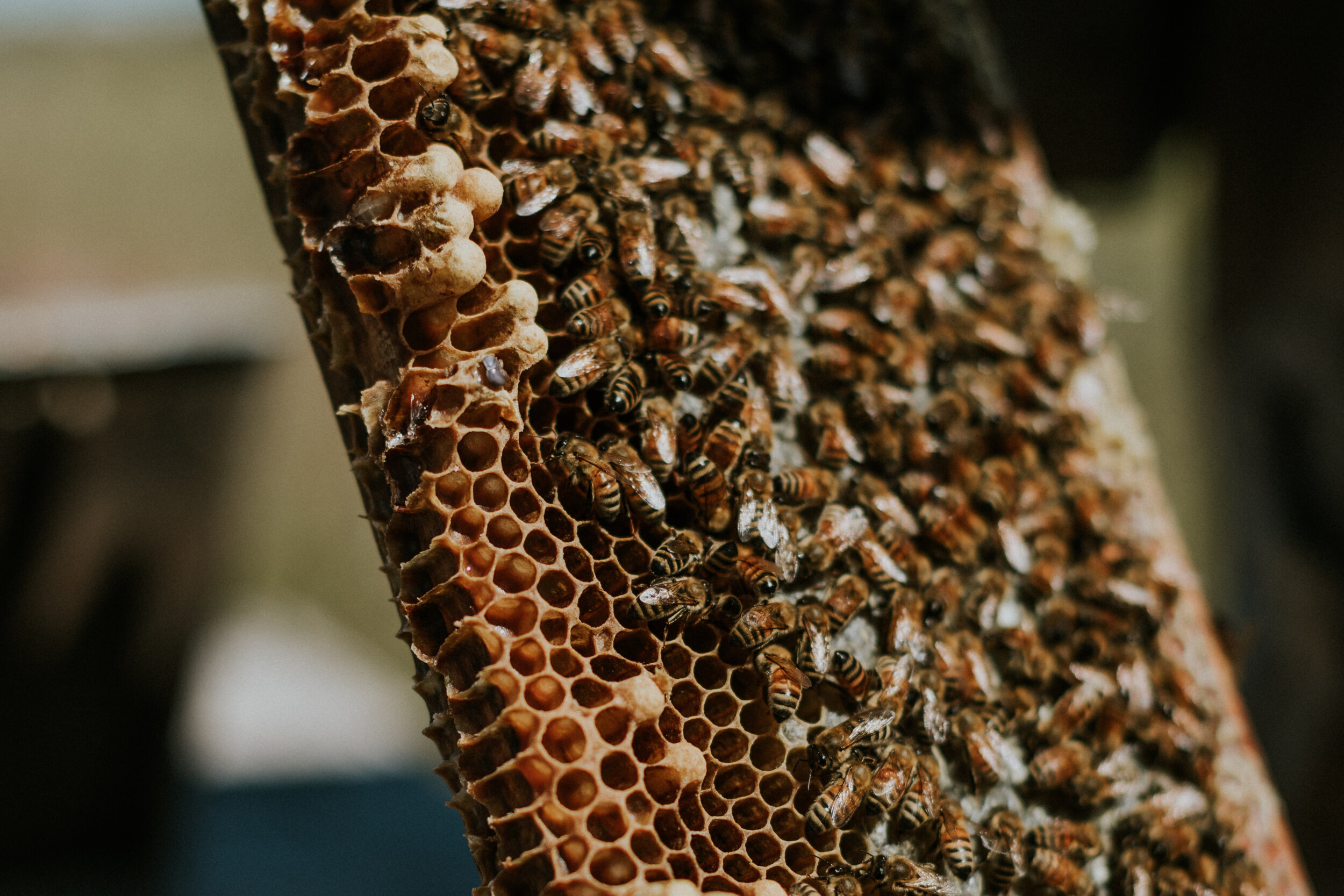The Astonishing Math Behind Honeycomb
3-Minute Read
Nature is undoubtedly amazing.
It’s probably safe to guess that a small (or large) reason anyone enters the beekeeping world is due to their fascination with these little insects.
Us, too.
Whatever your beliefs on the origins of life, there is one thing that’s certain: living organisms have an incredible ability to adapt instinctually to their surroundings.
The more we as a society study the behavior of living organisms (down to the microscopic), the more we learn of unique characteristics that enable them to survive in the wild.
And here’s what’s crazy: We often learn these things through math.
Bees are no exception.
In fact, honeybees are such a fascinating topic for mathematical study that a famous entomologist once quoted them as “heaven-instructed mathematicians.”
The root of this mathematical fascination lies in bees’ instinct to produce hexagonally-shaped honeycomb.
The hexagon… What is it about the hexagon?
Let’s explore further.
[In fact, honeybees are such a fascinating topic for mathematical study that a famous entomologist once quoted them as “heaven-instructed mathematicians.”]
Why do we see hexagons in nature?
To answer this question, we must take a step back and determine the goals of living organisms in nature.
We’ve already touched on the idea that survival is the chief job of a species. Every decision an organism makes can generally be traced back to survival.
A key element to an organism’s survival is efficiency.
Increased efficiency allows an organism to spend as little energy as possible, which is an important factor for survival. When food becomes scarce, energy must be conserved.
Efficiency is key.
So, again, why the hexagons?
For one, hexagons are known to be one of the strongest geometric shapes.
More important to bees, however, is the fact that these shapes fit together perfectly with the most area of open space. This results in the least amount of wax used for the highest volume of storage.
Sue Cobey, a bee researcher at Washington State University, says that “bees have to consume approximately 8 ounces of honey to produce 1 ounce of wax.” Using other shapes (e.g., a triangle or square) would only lead to more wax produced for the same volume of storage.
And to think — Honeybees “discovered” this long before researchers were able to identify the purpose behind the hexagonal shape in honeycomb.
Truly marvelous.
Bees: The Little Engineers
By now, it’s pretty clear that honeybees are tiny math geniuses.
The precision seen in nature is no accident — they are methodical in their approach to survival.
Studying honeybees and their comb is partially what drove our team to venture down the path of manufacturing premier foundation.
As we dove into biological and engineering research around honeycomb, we discovered that current foundations were not nearly as precise as what we see in nature. Cell walls were too thick, which resulted in more work for the bees and less honey produced.
Unfortunately, it made sense why this occurred. Most of this neglect was in an effort to save costs, but this failed to account for the loss in honey production through wasted bee energy and space.
Thanks to our team of engineers and our unique manufacturing process, we were able to create a more precise foundation with up to 10% more cells per sheet.
This, we believe, only honors our fellow insect engineers.
You can read more in our story, but this story is not about us. It’s about the mind-blowing bees we work with daily.
For a visual representation of the geometry behind honeycomb, watch this TED-Ed video on why bees love hexagons.
While their mathematical brilliance has been made plain, we were disappointed to find out they are of no help during tax season.
Darn it.

